Introduction

Is calm resilience clarity really the key to unlocking inner peace in a chaotic world? As mindfulness practices gain traction across the U.S., experts say this blend of steadiness, bounce-back strength and sharp focus is transforming how people handle daily stress. From busy professionals in New York to remote workers in California, more Americans are turning to mindfulness to foster this state. New data from the American Psychological Association shows a 25% uptick in mindfulness app usage since 2023, signaling a shift toward proactive mental health. But does it deliver? This article breaks down the facts.
Defining Calm Resilience Clarity
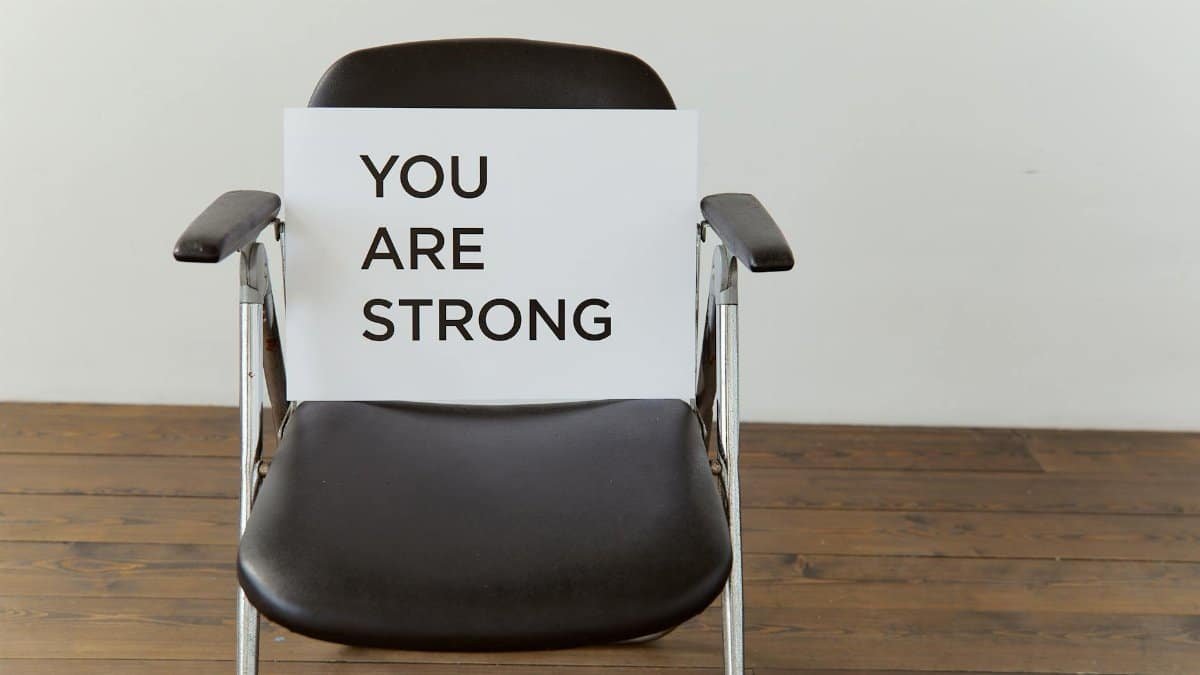
Mindfulness, at its core, cultivates calm resilience clarity by training the mind to stay present. It’s not about emptying thoughts but observing them without judgment. Practitioners report heightened awareness that builds emotional steadiness. According to a study from Harvard Medical School, regular mindfulness reduces anxiety by up to 30% in participants. This clarity helps navigate life’s ups and downs with poise. In 2025, with rising workplace demands, this skill set is proving essential for maintaining balance.
The Science Behind Mindfulness

Research backs mindfulness as a powerhouse for inner peace. Neuroscientists have found that practices like meditation rewire the brain’s stress response. A landmark study by the University of Wisconsin showed that eight weeks of mindfulness training increased gray matter in areas linked to emotion regulation. This leads to calm resilience clarity, where focus sharpens and reactions steady. Critics argue it’s overhyped, but data from the National Institutes of Health supports its benefits for reducing cortisol levels, the hormone tied to stress.
Daily Practices for Building Calm
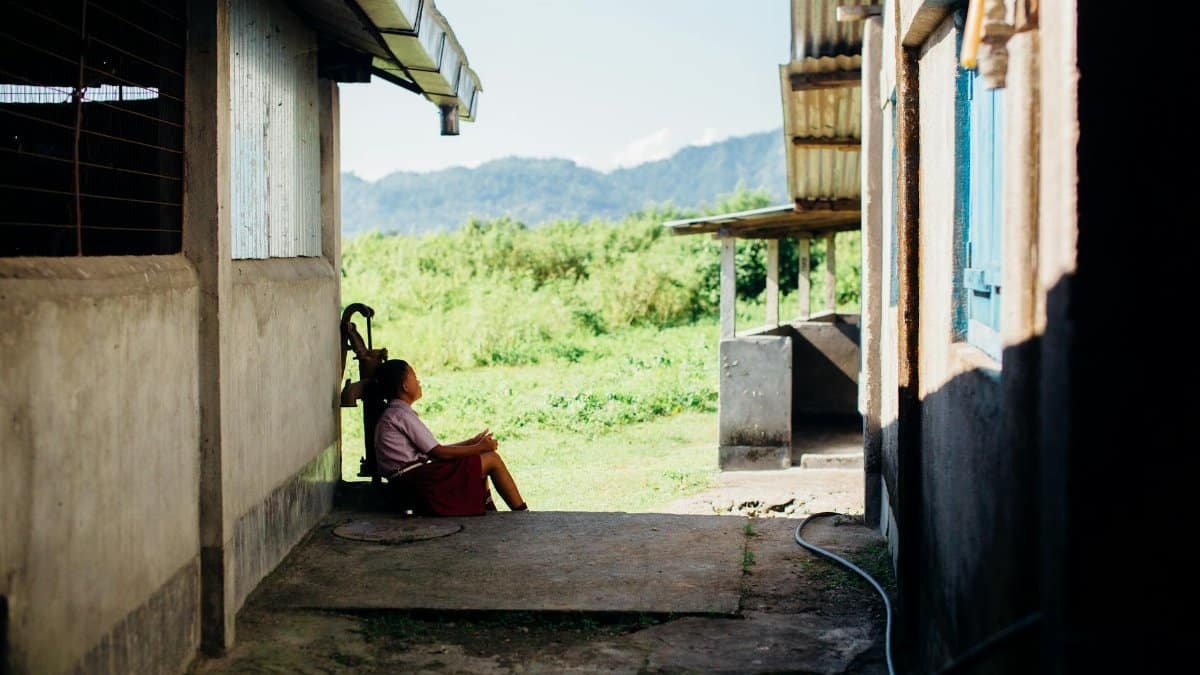
Start small to integrate mindfulness into routines. Simple breathwork, like the 4-7-8 technique, inhales for four counts, holds for seven and exhales for eight. This quiets the mind quickly. Apps guide users through sessions, making it accessible. In urban hubs like Chicago, community classes are booming, helping attendees achieve calm resilience clarity amid city noise. Experts recommend 10 minutes daily; consistency trumps intensity for lasting peace.
Overcoming Common Obstacles
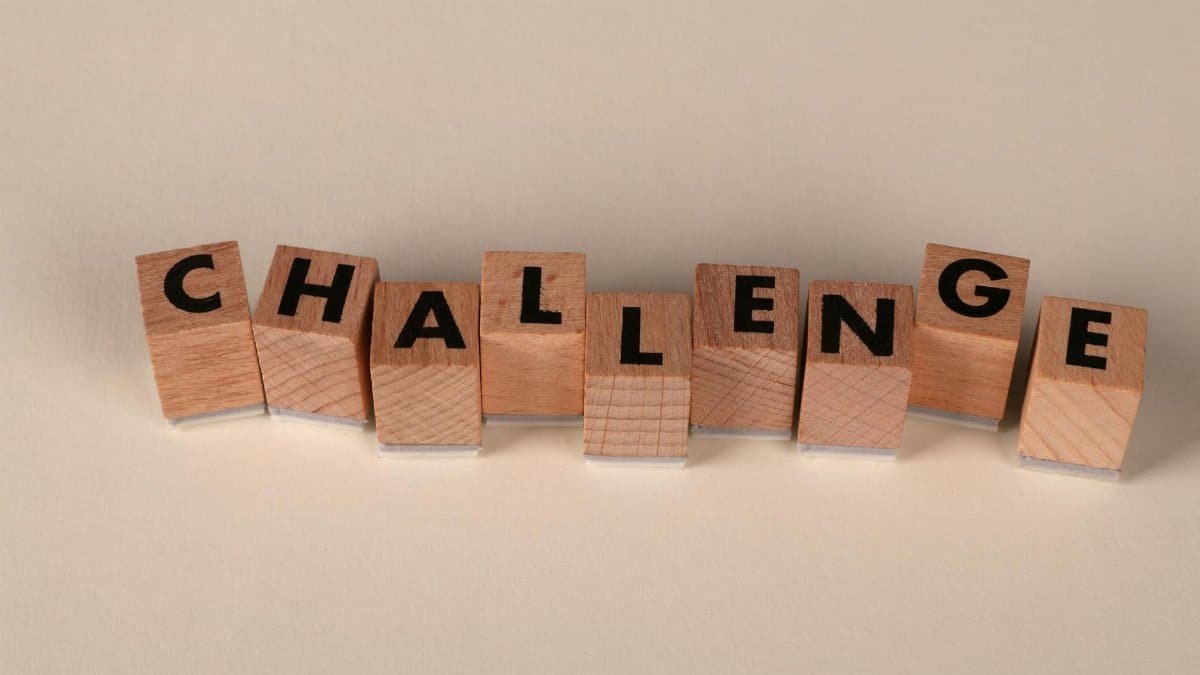
Not everyone finds mindfulness easy. Distractions and skepticism often block progress. One hurdle is the “monkey mind,” where thoughts race unchecked. To counter this, anchor attention on the breath. A report from the Centers for Disease Control and Prevention notes that 40% of adults struggle with focus, but mindfulness halves distraction rates over time. Building resilience means persisting through initial discomfort, leading to clearer mental states.
Impact on Emotional Balance

Mindfulness restores equilibrium by fostering emotional intelligence. Users learn to respond rather than react to triggers. In high-stress jobs, like nursing or finance, this translates to better decision-making. Testimonials from practitioners highlight reduced burnout; one executive shared how it saved her career during a merger. As 2025 brings economic uncertainties, calm resilience clarity equips individuals to stay grounded, preventing overwhelm from derailing daily life.
Applications in Relationships

Beyond personal gain, mindfulness enhances connections. Active listening, a core practice, builds empathy and reduces conflicts. Couples therapy increasingly incorporates it, with studies showing improved satisfaction. For families, shared sessions promote harmony. In diverse U.S. communities, from Texas suburbs to Seattle tech scenes, this approach is mending bonds strained by modern life. Clarity in communication stems from inner calm, creating ripple effects in social circles.
Long-Term Benefits for Health

Consistent mindfulness yields physical perks too. Lower blood pressure and better sleep are common outcomes. Research from Johns Hopkins University links it to stronger immune function. Over years, this builds resilience against chronic conditions. In an era of rising health costs, preventive practices like these are vital. Calm resilience clarity isn’t a quick fix but a sustainable path to holistic well-being, as evidenced by longitudinal studies tracking participants for decades.
Getting Started Today
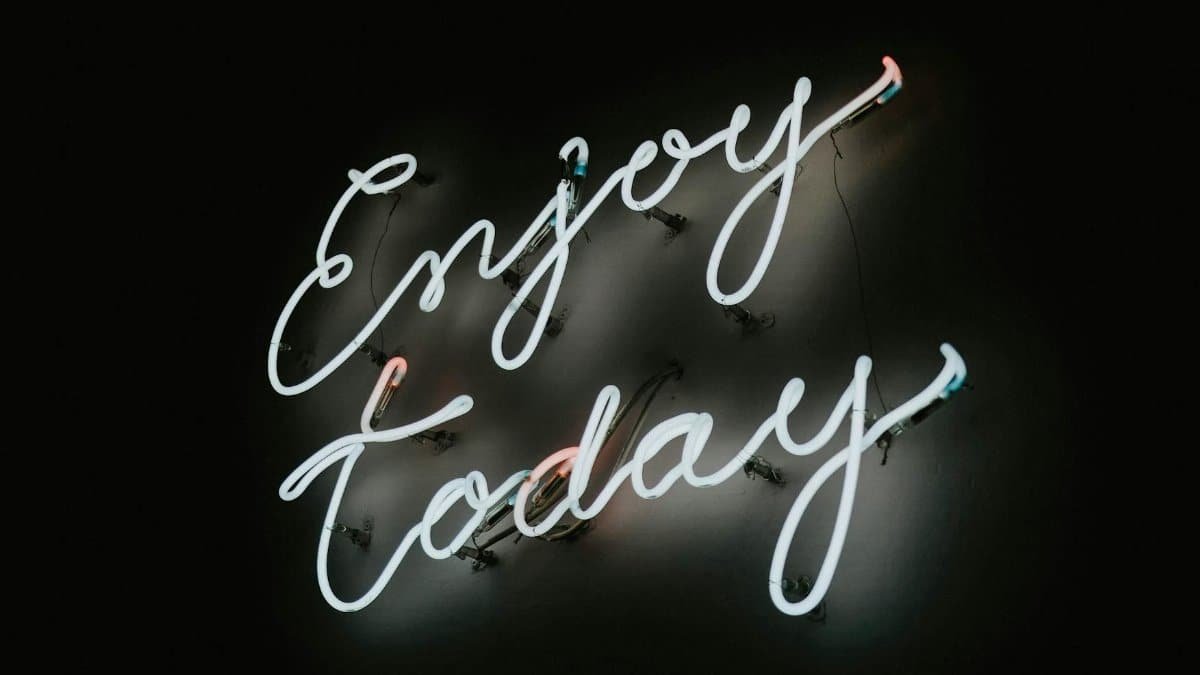
Ready to try? Begin with guided meditations on free platforms. Set realistic goals, like morning sessions. Track progress in a journal to note shifts in clarity. Community groups offer support, making the journey less isolating. With mindfulness accessible via smartphones, barriers are low. In 2025, as mental health awareness peaks, embracing these tools could redefine personal peace for millions across the nation.
Real-World Examples
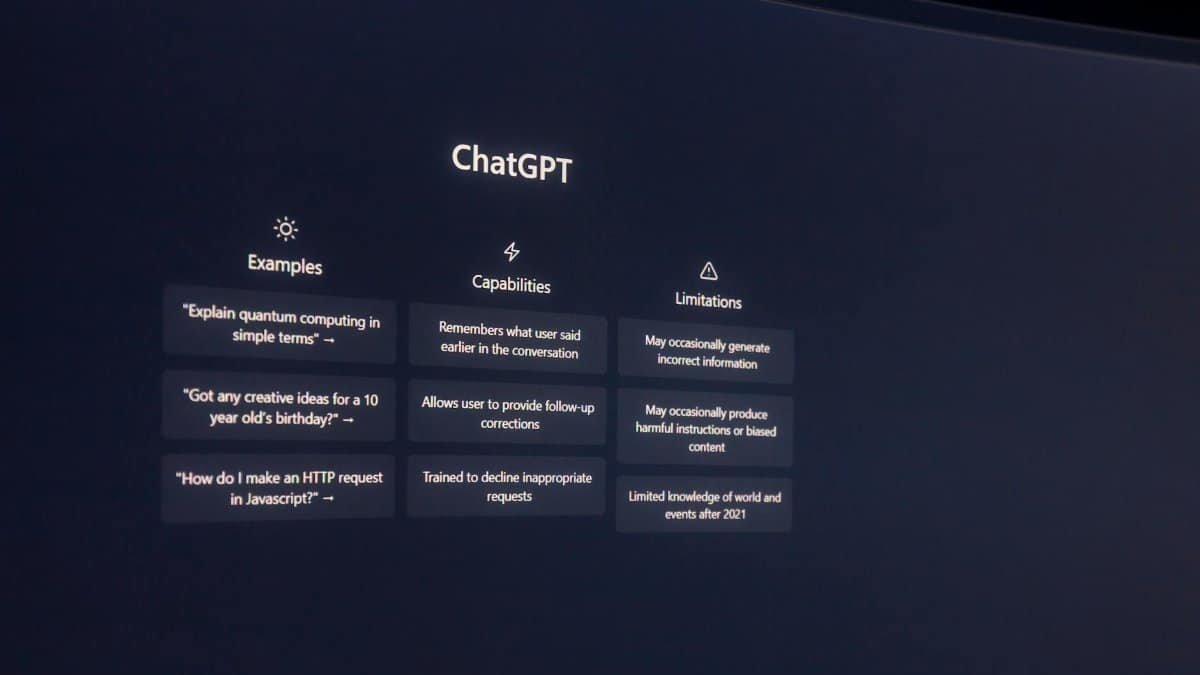
Take corporate America: Companies like Google integrate mindfulness programs, reporting 20% productivity boosts. Athletes use it for mental edge; a pro basketball player credited breathwork for game-winning focus. These stories illustrate calm resilience clarity in action. From veterans managing PTSD to students handling exams, the applications are broad. Evidence from Pew Research surveys underscores its growing adoption among younger demographics, signaling a cultural shift.
